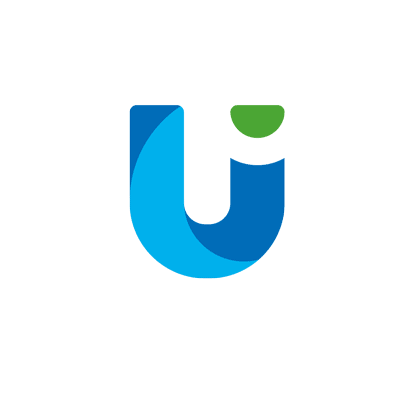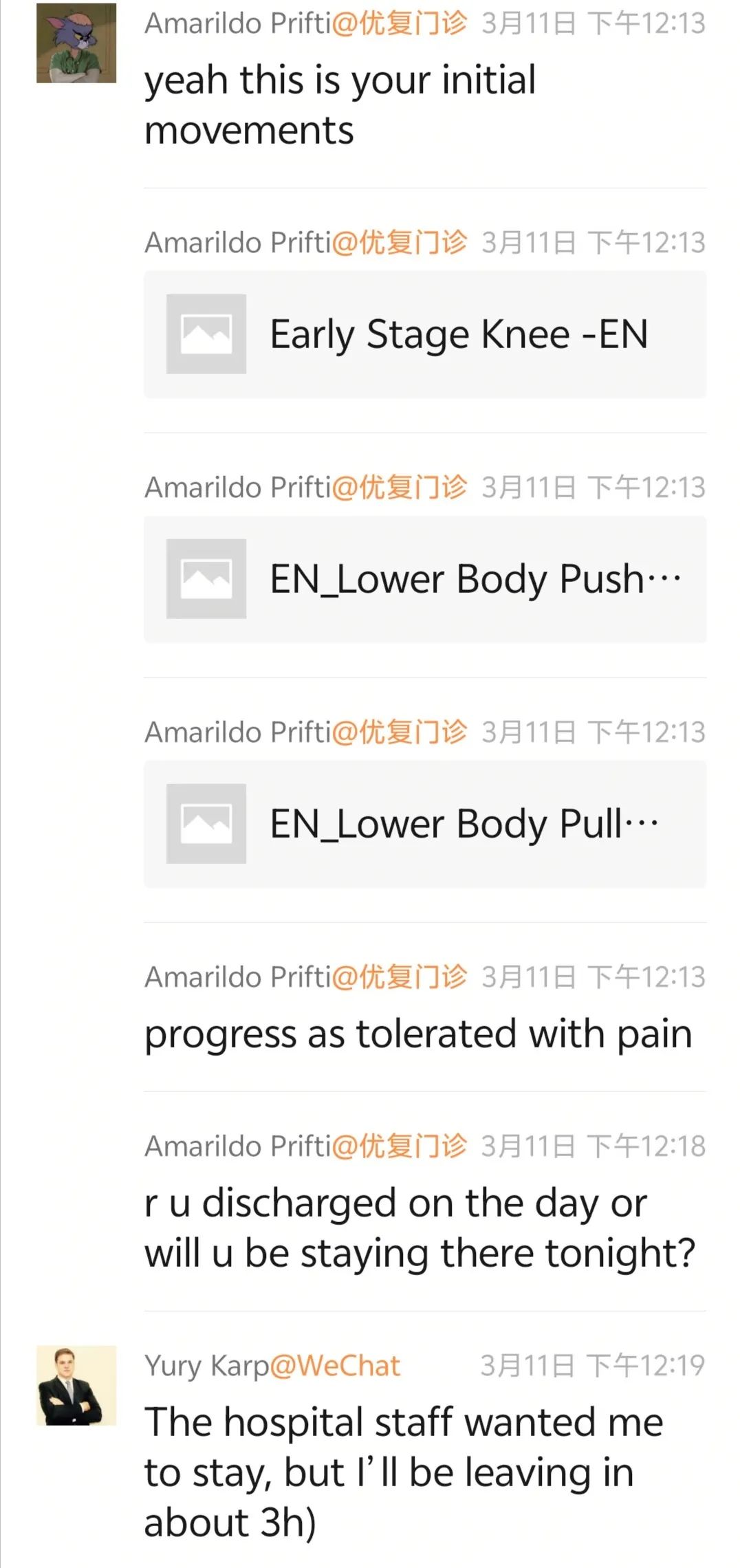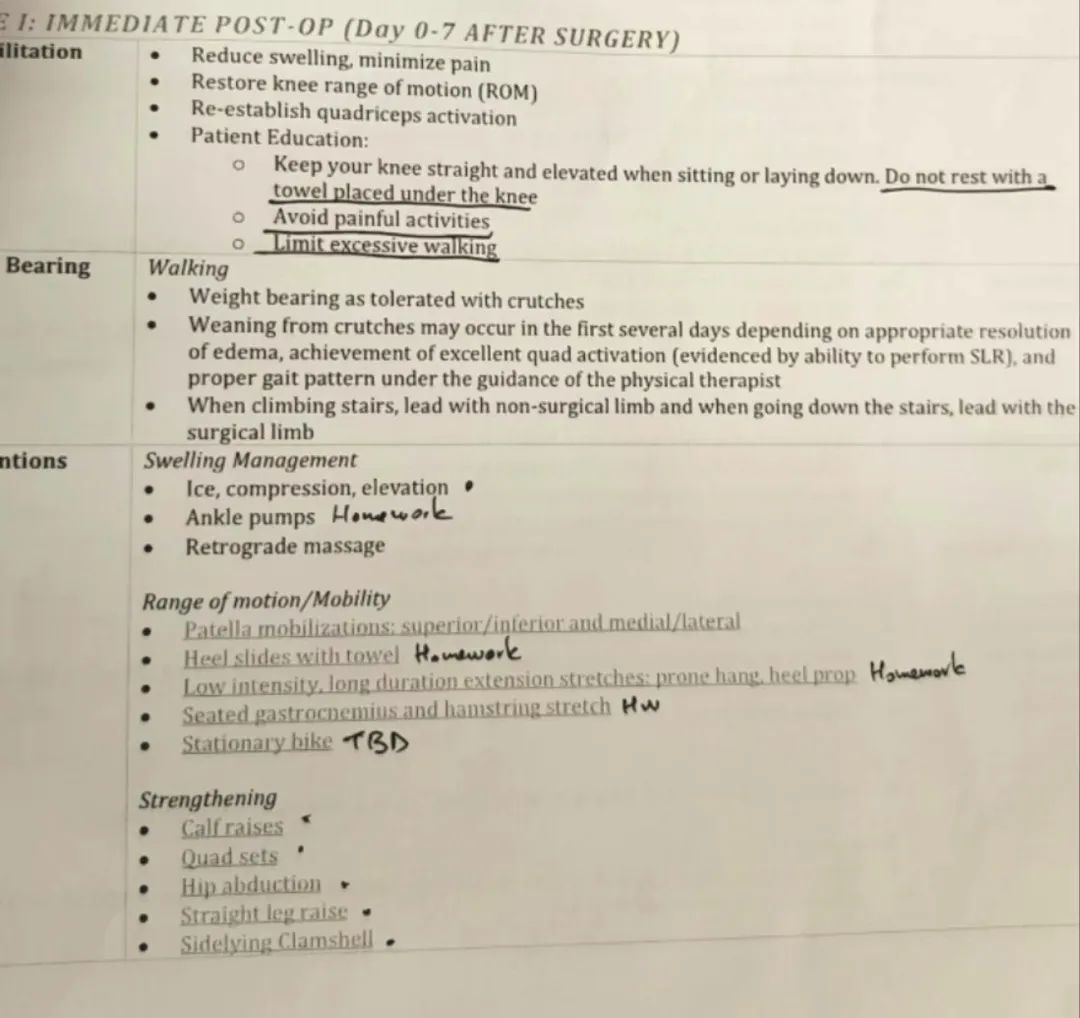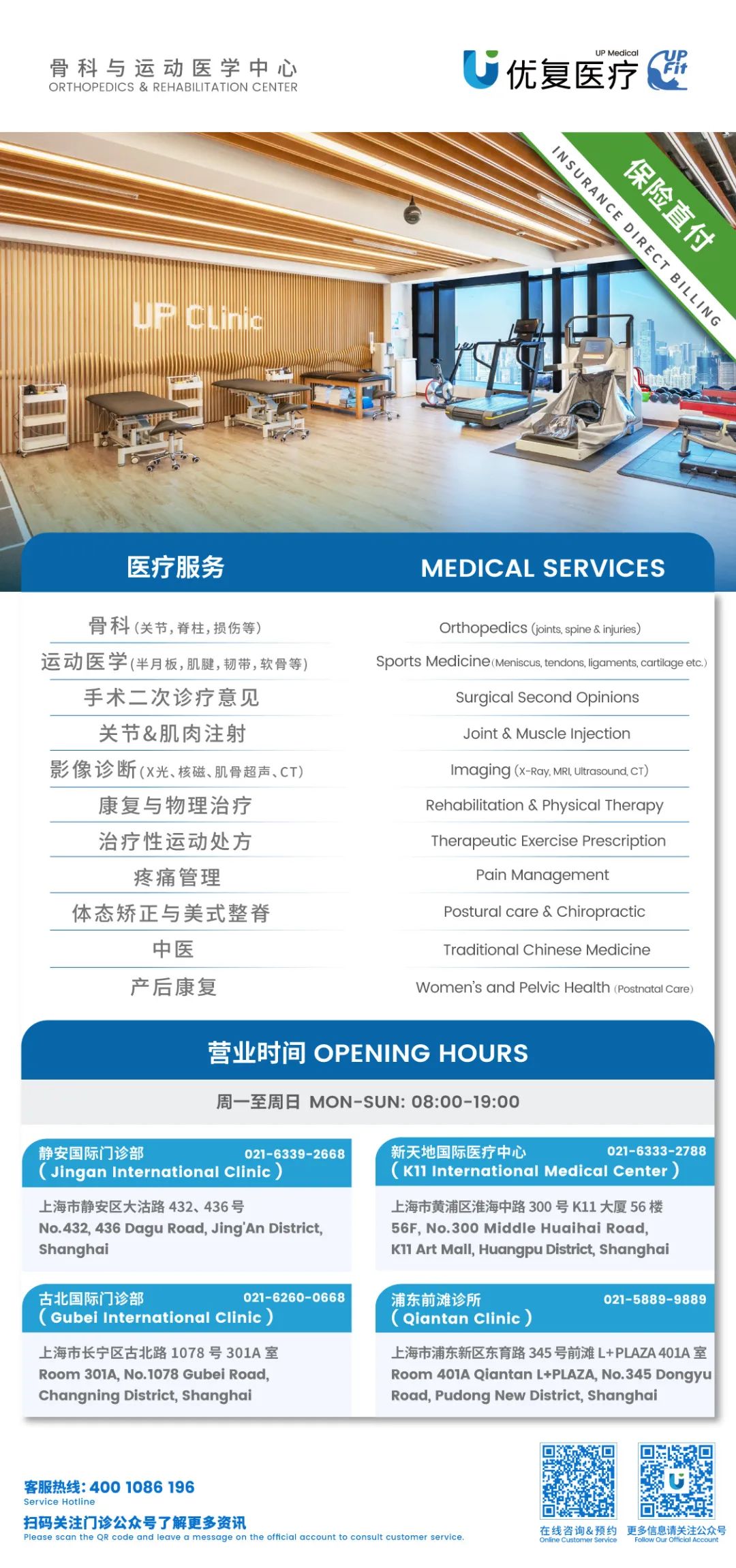Case Study: Physical Therapy for the [rowing] Win!


By day Yury works as the Regional Head at BIPO, but in his spare time he is an avid sports enthusiast. And not just any sports, but the more intensive types: previously – rugby, Swiss wrestling and Dragon Boat paddling, more recently – Brazilian Jiu Jitsu (BJJ), rowing and HIIT workouts.
During one of his recent BJJ trainings however, he experienced a knee injury during a lateral forward lunge. All of a sudden, he heard a ‘pop’ in the knee, followed by a sharp pain where he couldn’t bend or fully extend his left leg.
After an MRI showed a meniscus tear, he decided to undergo surgery – a partial meniscectomy to remove a ‘bucket handle’ type tear.

As previously mentioned, Yury is an avid sports enthusiast and had an upcoming rowing marathon that he wanted to compete in. But even sports weren’t his number one priority for beginning the recovery process…
“I couldn’t walk without limping (and it continued until the day of the surgery), so as young father my top priority was to get back to full mobility within a shortest period of time,” said Yury.
And so, as soon as he could, the new dad began his journey with UP.
“Based on what Dr. Steve Ye told me, I knew that after partial meniscus removal surgery patients can walk on the same day and return to activities much faster – compared to meniscus repair surgery. I remembered how quickly I lost muscles and mobility in the leg after my first meniscectomy repair, and considering that I couldn’t walk for 6 days (since the recent injury till the surgery) my plan was to spend the least amount of time passively resting….”

“… Daily walks, resistance band training and single leg stance was an easy routine to do at home. I also did a bit of easy rowing during the first week after the surgery, to get back knee mobility. Obviously, I had to wait for stitches to be removed before returning to more aggressive BJJ trainings.”

And his ‘homework’ he did. With the help of his physio Amari, which included ‘a lot of fun exercises and stretches’ he came in for a couple days in a row and then carried on with a ‘very detailed list of things to do’ at home.

One day before the rowing competition – this was 13 days after his surgery – he came back in for an assessment to see how things were looking.
“He was able to do everything with minimal discomfort and no abnormal gait/quality of function,” reported Amari. And so, given the okay, Yury went on to do the row full marathon with his team… and win!
As a final note to anyone considering if physical therapy is right for them, Yury adds:
“Make sure you have medical insurance. In case of any injury (particularly if something happens for the first time), go and check it out with a medical professional, do a scan if needed. If you are not sure about the feedback after you receive the scans, got get a 2nd opinion. Surgery is not always the only way to fix your body, so be disciplined with your physio routine. If you end up having a surgery in China, remember there is a difference between Western and Eastern approach towards recovery. I found that Western style – active rest (walks, light exercises, even basis mobility movements) instead of passive rest works best for me. Be careful and take care of your body, but don’t be scared to move as early as possible.”

本篇文章来源于微信公众号: 上海优复康复医学门诊部

